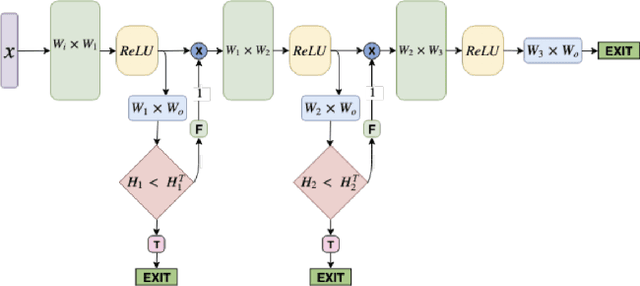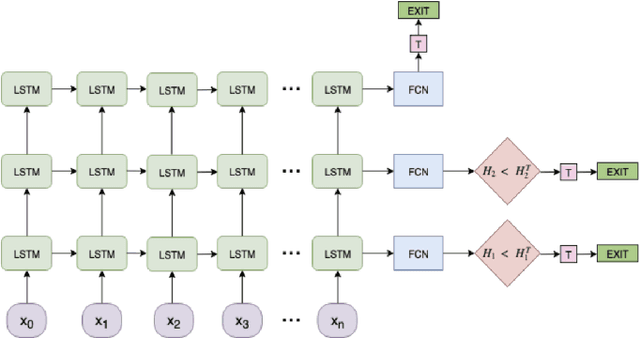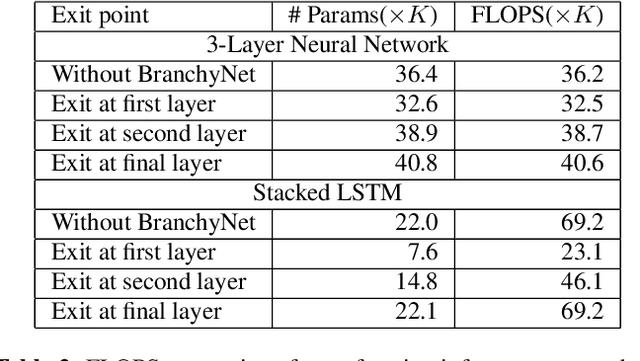Akshit Tyagi
Instability in clinical risk stratification models using deep learning
Nov 20, 2022



Abstract:While it has been well known in the ML community that deep learning models suffer from instability, the consequences for healthcare deployments are under characterised. We study the stability of different model architectures trained on electronic health records, using a set of outpatient prediction tasks as a case study. We show that repeated training runs of the same deep learning model on the same training data can result in significantly different outcomes at a patient level even though global performance metrics remain stable. We propose two stability metrics for measuring the effect of randomness of model training, as well as mitigation strategies for improving model stability.
Fast Intent Classification for Spoken Language Understanding
Dec 03, 2019



Abstract:Spoken Language Understanding (SLU) systems consist of several machine learning components operating together (e.g. intent classification, named entity recognition and resolution). Deep learning models have obtained state of the art results on several of these tasks, largely attributed to their better modeling capacity. However, an increase in modeling capacity comes with added costs of higher latency and energy usage, particularly when operating on low complexity devices. To address the latency and computational complexity issues, we explore a BranchyNet scheme on an intent classification scheme within SLU systems. The BranchyNet scheme when applied to a high complexity model, adds exit points at various stages in the model allowing early decision making for a set of queries to the SLU model. We conduct experiments on the Facebook Semantic Parsing dataset with two candidate model architectures for intent classification. Our experiments show that the BranchyNet scheme provides gains in terms of computational complexity without compromising model accuracy. We also conduct analytical studies regarding the improvements in the computational cost, distribution of utterances that egress from various exit points and the impact of adding more complexity to models with the BranchyNet scheme.
 Add to Chrome
Add to Chrome Add to Firefox
Add to Firefox Add to Edge
Add to Edge